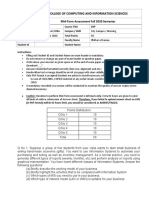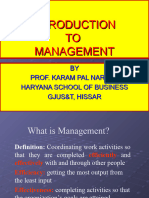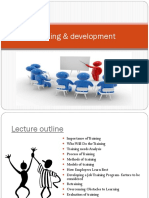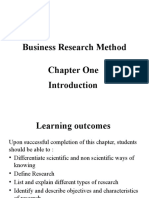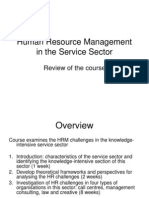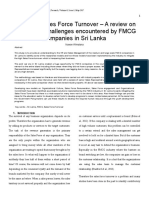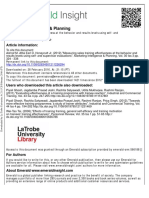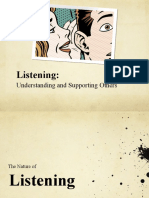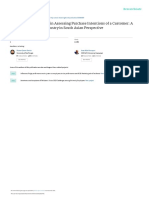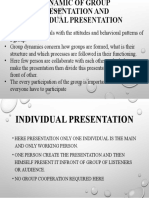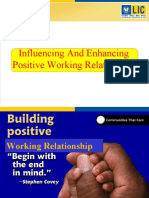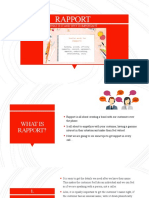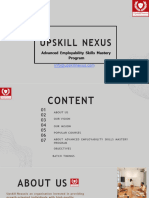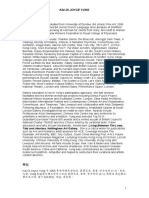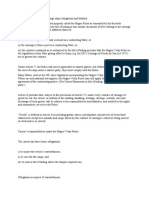0% found this document useful (0 votes)
85 views15 pagesA Remarkable Way To Boost Morale and Improve Results
The document outlines an agenda for a presentation on improving employee morale and results using the concepts from the book "Fish!" by Stephen C. Lundin. The book proposes four main ideas - Play, Make Their Day, Be Present, and Choose Your Attitude - to boost motivation, job satisfaction, and citizenship behavior among employees. The presentation will discuss how these concepts can address issues like lack of variety, identity, pay and promotions that tend to reduce job satisfaction.
Uploaded by
Hashem M. SeneitiCopyright
© Attribution Non-Commercial (BY-NC)
We take content rights seriously. If you suspect this is your content, claim it here.
Available Formats
Download as PPTX, PDF, TXT or read online on Scribd
0% found this document useful (0 votes)
85 views15 pagesA Remarkable Way To Boost Morale and Improve Results
The document outlines an agenda for a presentation on improving employee morale and results using the concepts from the book "Fish!" by Stephen C. Lundin. The book proposes four main ideas - Play, Make Their Day, Be Present, and Choose Your Attitude - to boost motivation, job satisfaction, and citizenship behavior among employees. The presentation will discuss how these concepts can address issues like lack of variety, identity, pay and promotions that tend to reduce job satisfaction.
Uploaded by
Hashem M. SeneitiCopyright
© Attribution Non-Commercial (BY-NC)
We take content rights seriously. If you suspect this is your content, claim it here.
Available Formats
Download as PPTX, PDF, TXT or read online on Scribd
/ 15

